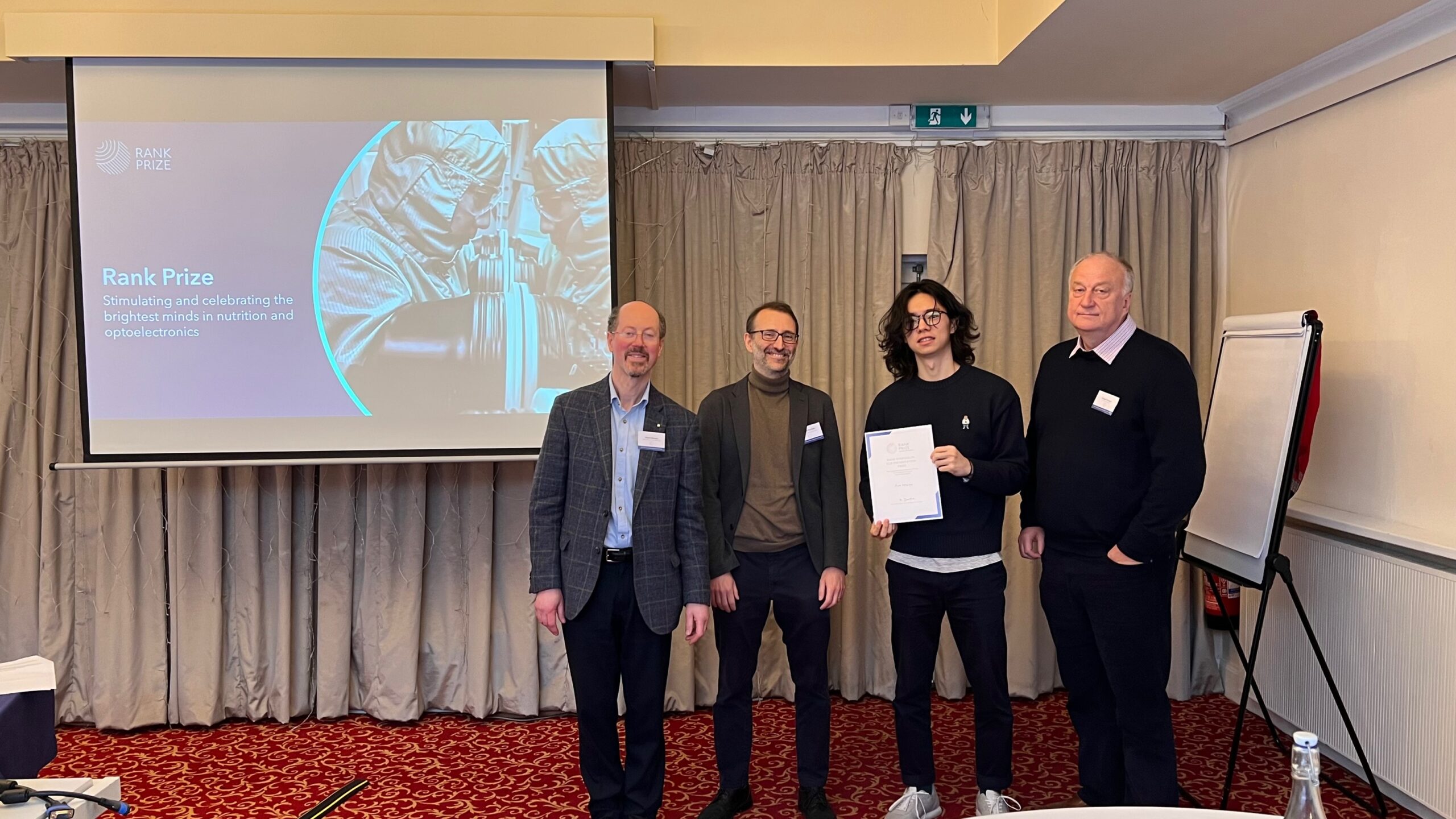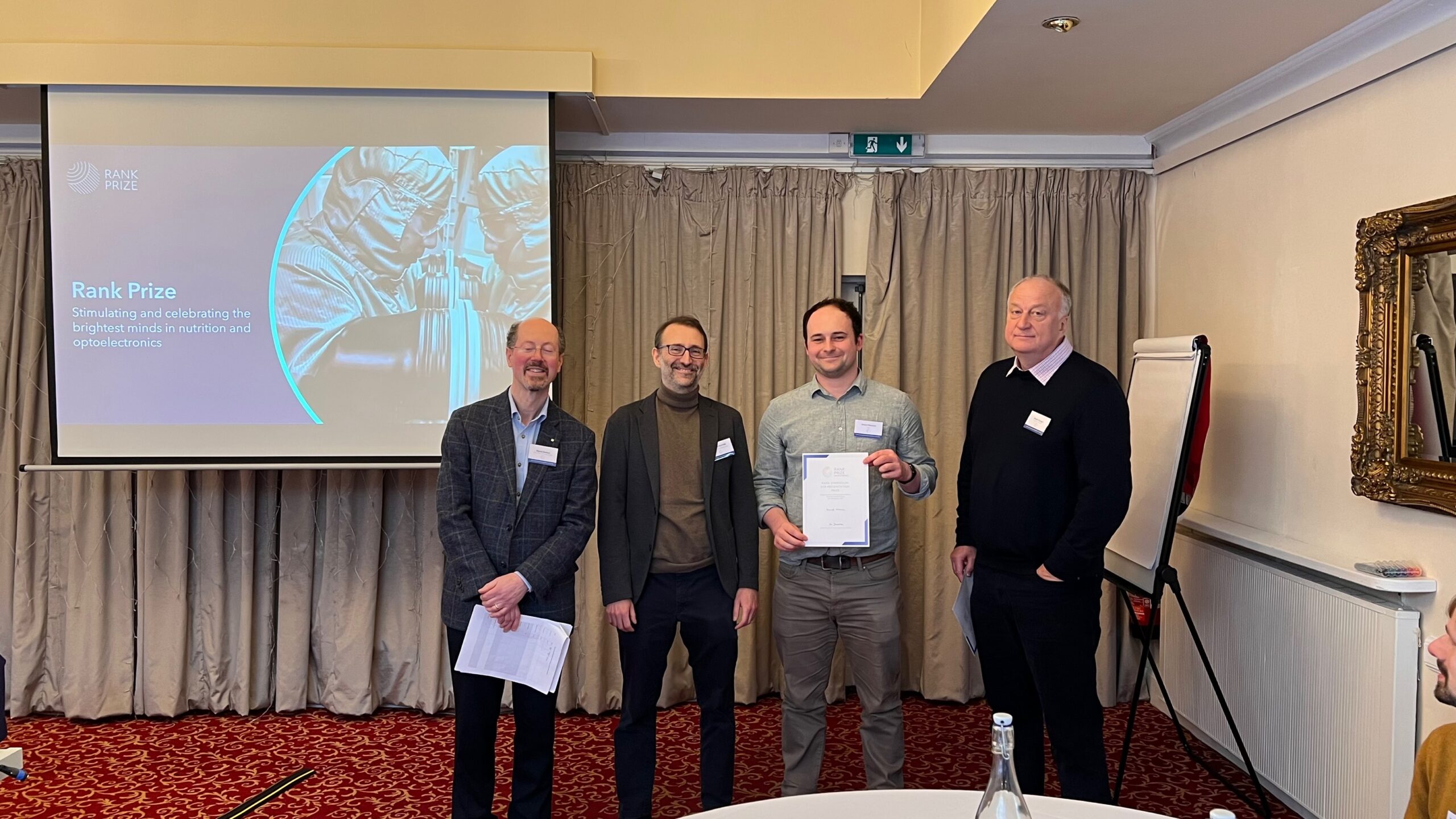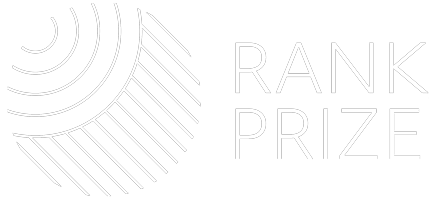Neuromorphic Photonics
Optoelectronics
In today’s data-driven world the ability to process fast and efficiently large data volumes is crucial. Therefore, demand for Artificial Intelligence (AI) and Machine Learning (ML) systems, using brain-inspired Artificial Neural Networks (ANNs) for operation, has dramatically exploded in recent years to help humans make sense of the huge amounts of data generated in our society and to deliver increasingly challenging functionalities (e.g. AI assistants, autonomous vehicles, assistive robotics, etc.). However, traditional Von Neumann computing architectures struggle to achieve the efficiency and parallelism required to recreate complex ANNs. Hence, neuromorphic (brain-like) computing approaches aimed towards physical realizations of ANNs have seen a surge in interest for data intense processing tasks (e.g. pattern recognition, image classification, to name but a few). Whilst these neuromorphic computing systems have been mainly supported to date by micro-electronic platforms, photonic techniques for neuromorphic information processing have started to attract attention in recent years given their unique properties, e.g. ultrafast operation, low energy, large bandwidths, low cross-talk and high parallelism.
The emerging field of Neuromorphic Photonics offers therefore great prospects to enable a new generation of AI and ML hardware platforms, inspired by the human brain and using ultrafast light signals to operate. These novel Neuromorphic Photonic systems for information processing will be able to provide very high computing speeds with highly reduced energy budgets. This is of critical importance to reduce the rapidly increasing energy footprint of current AI technologies whilst permitting to keeping up with the growing data processing demands and increasing data volumes and data traffic generated in our society.
Early Career Presentations
At the end of the symposium, the traditional ECR presentation prize was shared between two speakers.
Mr. June Sang Lee (University of Oxford) was awarded the prize for best presentation by a PhD student for his talk on ‘Exploiting degrees of freedom in active nanophotonic system’.
Dr. Daniel Mannion (UCL) won the prize for best presentation by an ECR for his paper on ‘Dendritic computation: The what, the why and the how?’


Organisers
Dr. Antonio Hurtado (University of Strathclyde)
Professor Sergei Turitsyn (Aston University)
Professor Martin Dawson (University of Strathclyde, Rank Prize Optoelectronics Committee)


